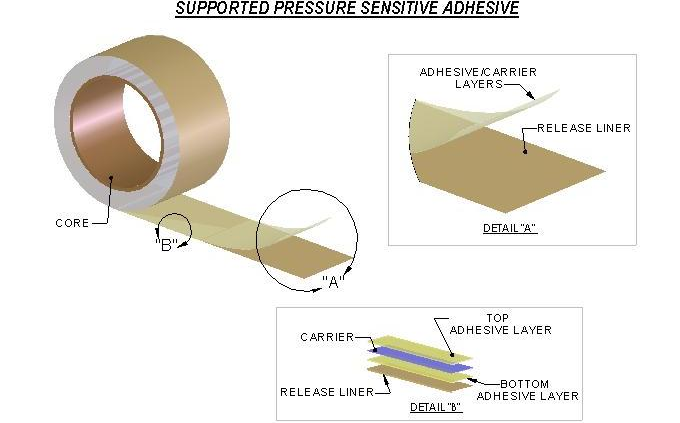Acrylic pressure sensitive adhesive
Adhesive properties and structural characteristics of acrylic pressure sensitive adhesive
The pressure sensitivity of pressure sensitive adhesive is expressed by its viscosity characteristics. Its adhesion characteristics are composed of four elements: fast adhesive force, adhesive force, cohesion, and adhesive base force. The adhesive tape is pasted on the adhesive material.
In view of the above situation, acrylate polymer is composed of a main monomer, a second monomer, and functional monomer copolymerization.
In addition to a random chain-breaking reaction, the main depolymerization reaction of acrylate resin occurs during thermal decomposition. The process begins at the end of a molecular chain, or weak spot in the molecule, where connected monomer links are removed one by one from the polymer chain to form a monomer product. According to the above flame retardant mechanism, flame retardant acrylate pressure sensitive adhesive can be prepared by adding a flame retardant agent, introducing a flame retardant group, or sharing both methods.
Add flame retardants to an acrylic pressure sensitive adhesive
Flame retardant is the core material for the preparation of flame retardant polymer, which can be divided into solid phase flame retardant mechanism, gas phase flame retardant mechanism, and cooperative flame retardant mechanism. The solid phase flame retardant mechanism is also known as the cohesive phase flame retardant mechanism. The added flame retardant can delay or stop the combustible gases and free radicals generated by the thermal decomposition of the polymer in the solid phase. After the flame retardant is burned, the porous protective carbon layer can be formed on the polymer surface.


Leave a Reply
Want to join the discussion?Feel free to contribute!